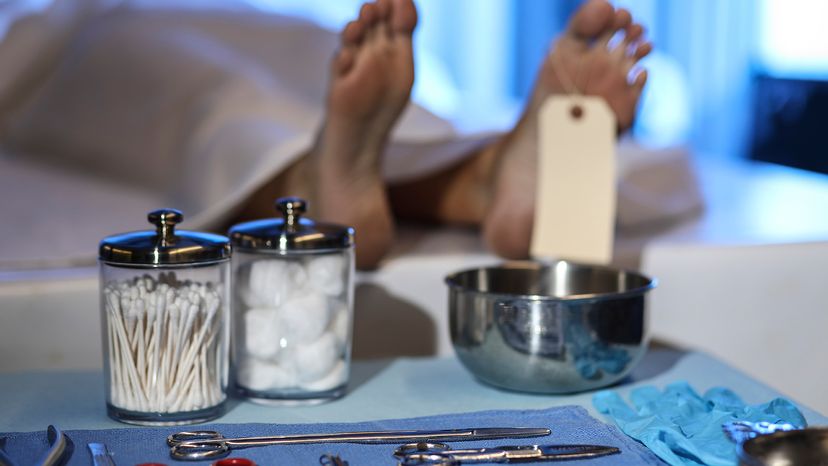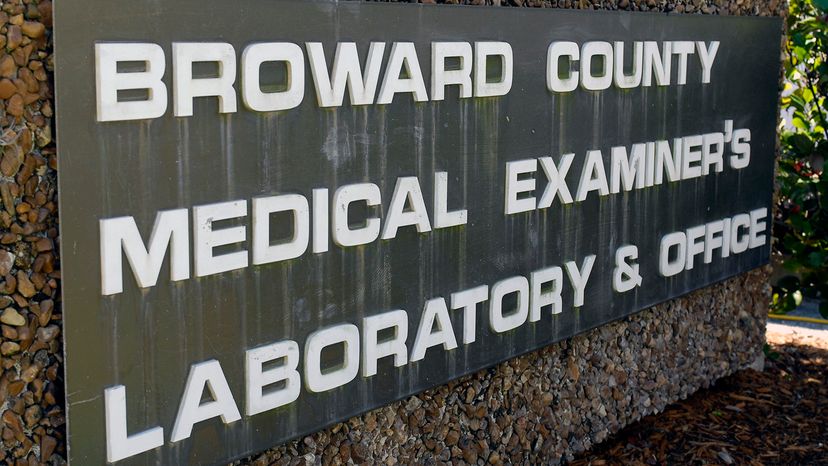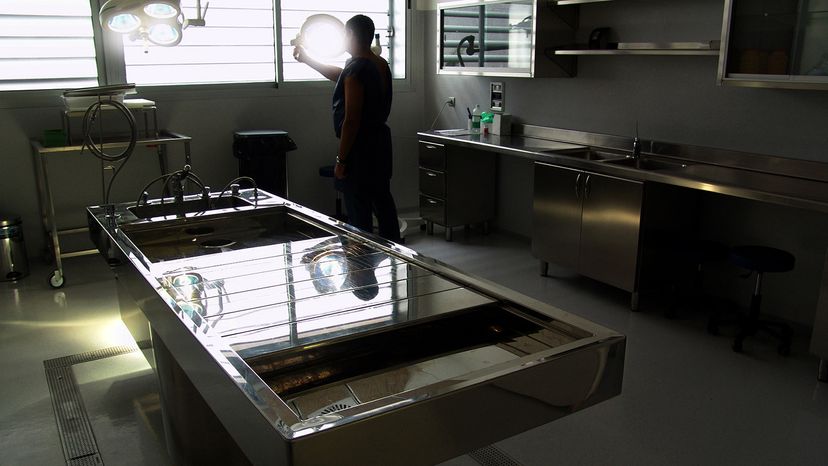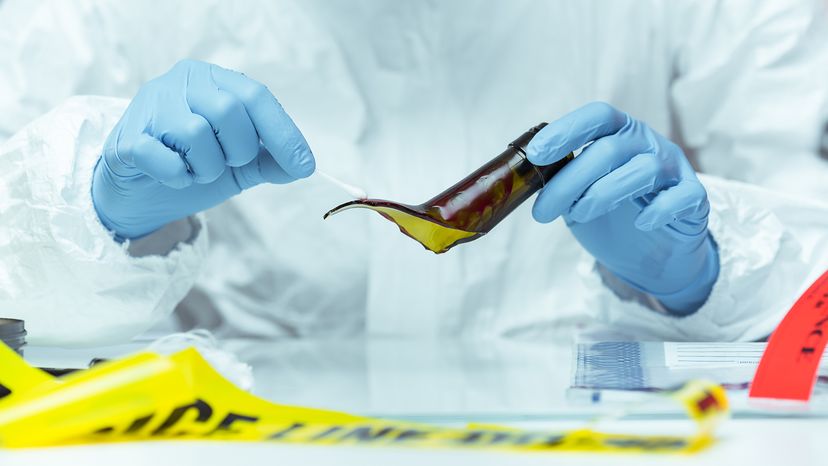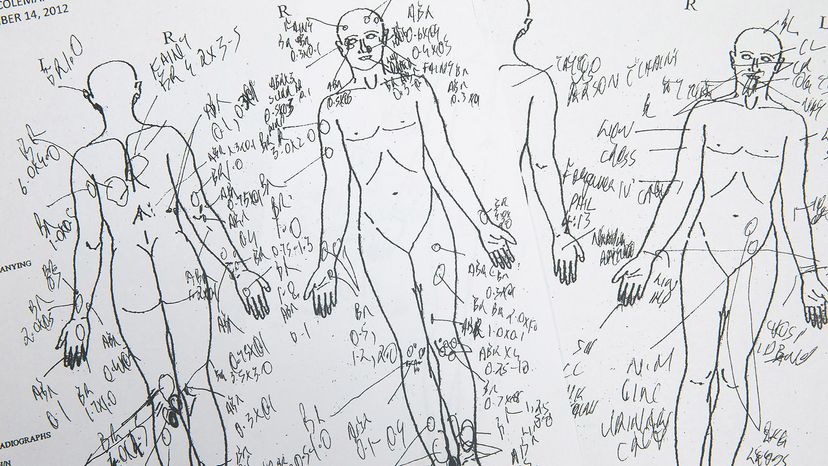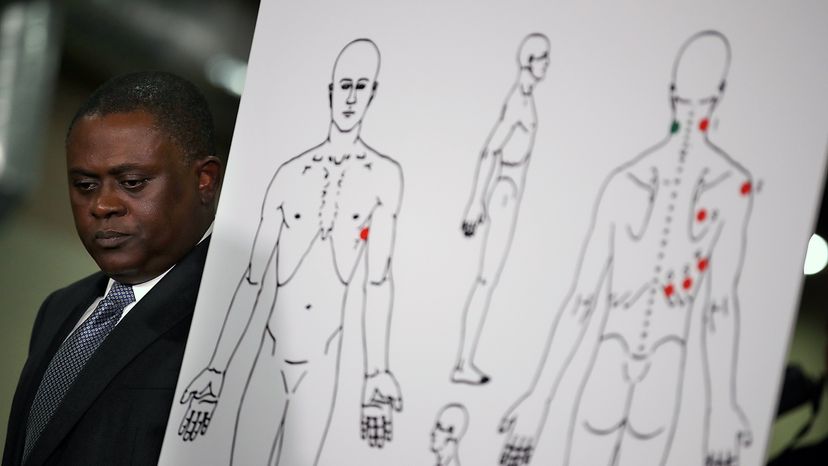
Key Takeaways
- During an autopsy, organs are removed and weighed individually to detect disorders affecting organ sizes, which can indicate the cause of death.
- Autopsies can be expensive, with costs typically covered by the party requesting the procedure, and privately financed autopsies can cost $3,000 to $6,000.
- It's possible for one body to undergo multiple autopsies, which presents challenges such as the preservation of fluids and the reshuffling of organs, but skilled pathologists can still uncover new evidence in follow-up postmortems.
To hear the alleged witnesses tell it, Peter Howseley had been fatally assaulted. The year was 1690 and Howseley was a Londoner who perished under contentious circumstances. Some urbanites swore they saw two men bludgeoning him over the head with a sword and a cane. He reportedly died from his injuries less than a month later.
Ordinarily, this kind of testimony would be damning. However, when a team of doctors and surgeons were told to examine Howsley's skull, they found no evidence of cranial trauma. Instead, the experts concluded that his death was natural and "nonviolent."
Advertisement
Autopsies have been around since ancient times, but in Howseley's day, they were still relatively uncommon. After three centuries of medical progress however, they became routine procedures in many parts of the world.
In the United States, inspecting dead bodies to (hopefully) figure out how their owners died is the domain of forensic pathologists, medical examiners and coroners. Movie makers love to dramatize the work in gory scenes replete with blood-soaked bullet removals. Yet there are aspects of posthumous examinations that don't appear on the silver screen very often.
Autopsies involve unglamorous chores like poop extraction — a task that doesn't exactly make for great cinema. And you might be shocked to learn just how much they can cost, especially when Uncle Sam won't pick up the tab. From twice-dissected bodies to incriminating french fries, here are some lesser-known facts about autopsies.
